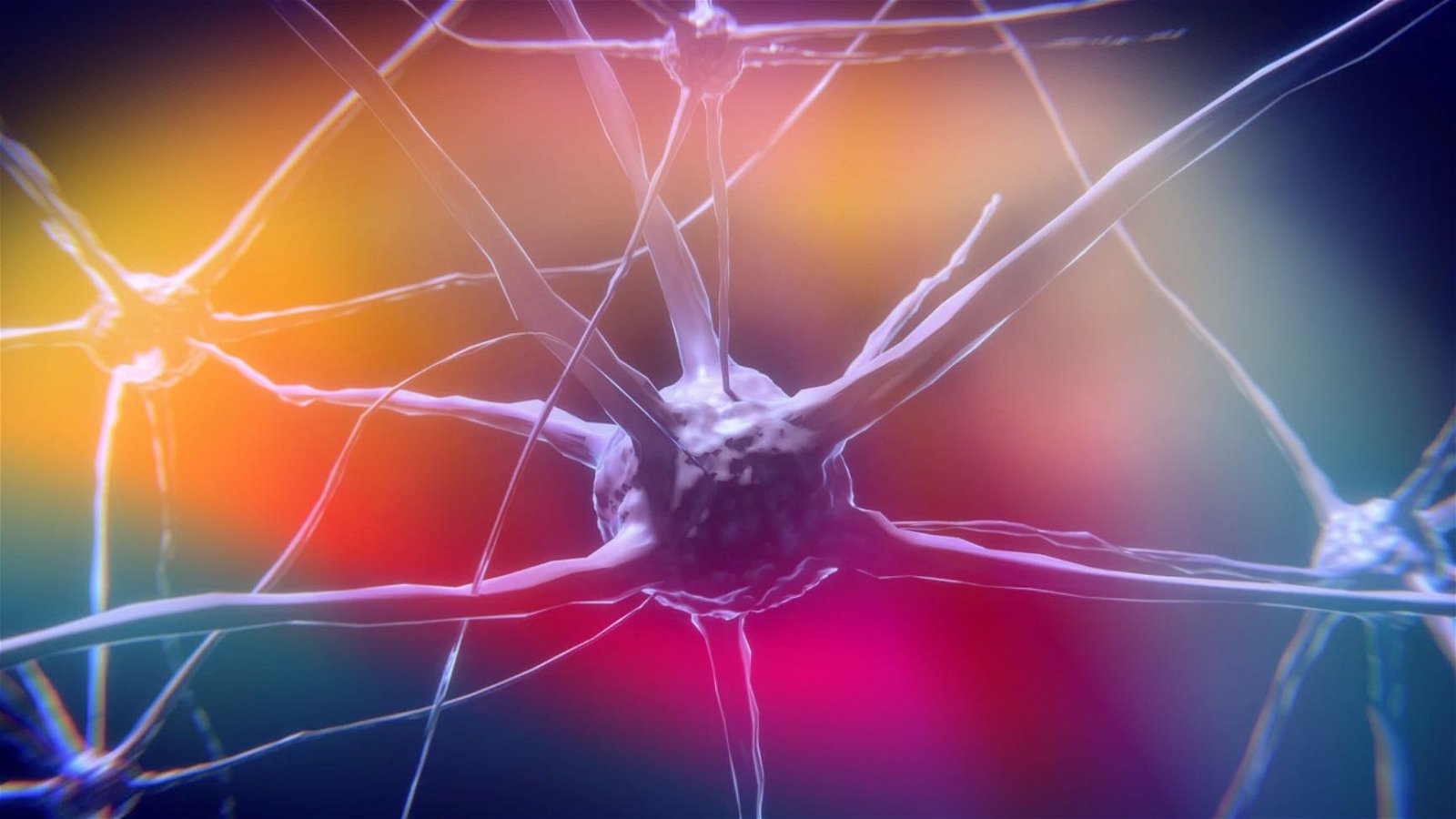Newly published research shows that psychedelic drugs like LSD, MDMA, and psilocybin may help the human brain rebuild neural connections by interacting with receptors directly inside the neuron as opposed to on the cell’s surface. In clinical trials, improved connectivity within certain brain regions stimulated by these psychedelic compounds has been associated with improvements in PTSD, depression, and other psychological conditions. However, scientists still aren’t completely sure how they work. This latest research sheds some new light on this mechanism, which may help scientists design future drugs and treatments for those suffering from a wide range of mental health conditions.
Location is Key When it Comes to Neural Connections
Stymied by the ineffectiveness of conventional medical treatments for a large number of mental health patients, researchers have begun to study drugs previously stigmatized by recreational use. This includes psychedelics like MDMA (aka Molly), LSD, and psilocybin, the latter of which is the active ingredient in psychedelic mushrooms. Although no doctors currently prescribe these drugs as medications for mental health reasons, research at the clinical level has shown a lot of promise.
Hoping to understand what may be happening inside the human brain of a subject experiencing relief from these drugs, a team of researchers from the University of California, Davis, have zeroed in on the increased neural connections spurred by psychedelics and the location within the nerve cell where this is taking place.
“The mechanisms by which receptor activation leads to changes in neuronal growth are still poorly defined,” the researchers write in the journal Science. However, they say it may all come down to the location of the receptor being activated to spur new neural connections. Specifically, the researchers found that engaging something called a serotonin 2A receptor with psychedelics resulted in increased neural connectivity, but only if it was done by engaging the receptor from the inside.
“Engaging serotonin 2A receptors inside neurons promotes growth of new connections,” they explain in a press release announcing their recent study, “but engaging the same receptor on the surface of nerve cells does not.” As it turns out, this may be exactly what psychedelics are doing.
“Drugs such as LSD, MDMA, and psilocybin show great promise for treating a wide range of mental disorders that are characterized by a loss of neural connections,” the release explains. “In laboratory studies, a single dose of these drugs can cause rapid growth of new dendrites – branches – from nerve cells, and formation of new spines on those dendrites.”
In their published study, the researchers note that a decreased level of spine density within the cortex is “a hallmark of several neuropsychiatric diseases” and that it is believed that promoting cortical neuron growth with psychedelics may “underlie the rapid and sustained therapeutic effects of psychedelics.”
The senior author of the study, David E. Olson, an associate professor of chemistry, biochemistry, and molecular medicine and director of the Institute for Psychedelics and Neurotherapeutics at UC Davis calls this particular class of psychedelic drugs “psychoplastogens” because they have shown this unique ability to regrow and “remodel” connections in the brain. Still, even though Olson had narrowed in on this benefit in previous research, he still couldn’t specifically say why some drugs that activate serotonin 2a receptors stimulate connections, and some don’t. He did, however, have a theory. It may all come down to where the drug engages the receptor.
Testing Psychedelic Drugs in the Lab
To test this theory, Olson and his graduate student Maxemiliano Vargas experimented with different compounds that would make it easier or harder for drugs to cross cellular membranes. For example, serotonin, which is a naturally occurring brain chemical, isn’t very good at crossing through the membrane of a cell to reach the inner structure. Olson and Maxemilliono theorized that this might be the reason serotonin isn’t an effective treatment for some mental health conditions in the same way that psychedelics are.
It took some trial and error, but once the researchers were able to control a compound’s ability to cross through the cellular membrane of a brain cell, they found something fascinating. The growth-promoting ability of compounds was directly correlated with the ability to cross cell membranes, just as they had guessed.
“Drug receptors are usually thought of as being on the cell membrane, facing out,” they write. “But (we) found that in nerve cells, serotonin 2A receptors were concentrated inside cells, mostly around a structure called the Golgi body, with some receptors on the cell surface.”
This meant that something like serotonin couldn’t get to where it needed to go to stimulate new neural connections since it couldn’t pass through the cell membrane. But the so-called psychoplastogens like LSD, MDMA, and psilocybin had no trouble transiting the cell membrane and getting to the inside of the neuron where the receptors were, resulting in significant growth in neural connections.
Understanding Psychedelic Drugs May Lead to Better Treatments
Although this is the first study of its kind to show how psychedelic compounds can reach their target receptors and spur new neural connections due to their ability to transit through the cell membrane, the research team behind the findings believes their work can lay the foundation for better treatments of real-life patients suffering from a wide range of mental health disorders.
“It gives us deeper mechanistic insight into how the receptor promotes plasticity,” Olson said of their findings, “and allows us to design better drugs.”
Christopher Plain is a novelist, comedian, and Head Science Writer at The Debrief. Follow and connect with him on Twitter, learn about his books at plainfiction.com, or email him directly at christopher@thedebrief.org.

